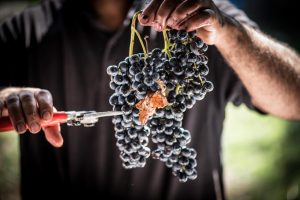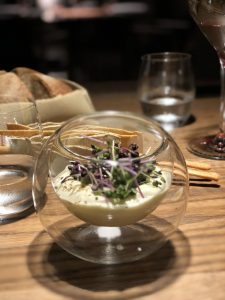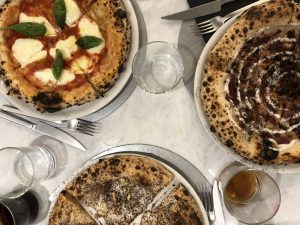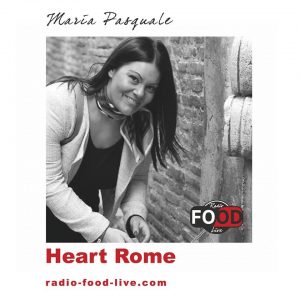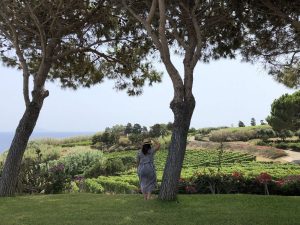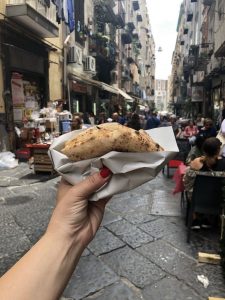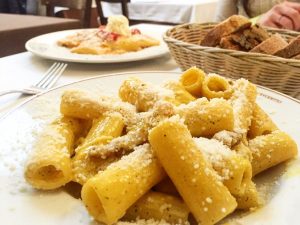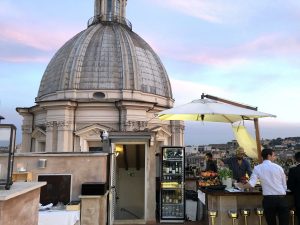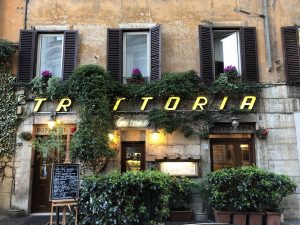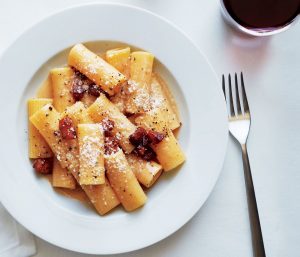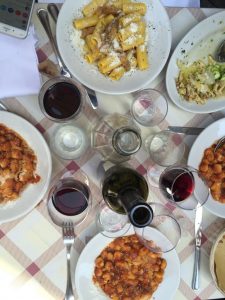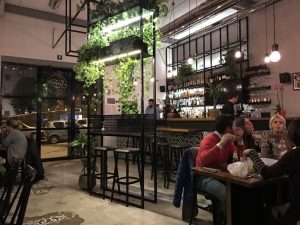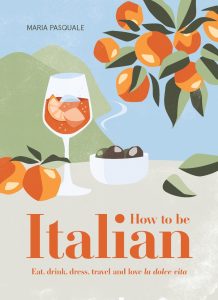La Pajata has finally returned to roman menus. I don’t like the dish but I’m a traditionalist and like to see cucina romana (roman cuisine) and culinary traditions preserved.
So, what exactly is La Pajata, you may be thinking?
It’s a dish prepared with the intestines of unweaned baby calves. So given they’ve only been feeding off their mothers milk, their intestines are full of the stuff and when cooked it’s like fresh ricotta pours out. La Pajata is usually served pan fried or with rigatoni in a tomato sauce.
But enter Mad Cow’s Disease around 14 years ago and the European Union declared the dish a banned food item in restaurants. After a few months of negotiation, the ban has been lifted and from here on, we will slowly see it return to the menu (even though it never completely disappeared, circulating a little quietly on the black market!)
And Rome food purists couldn’t be happier!
Because while the carbonara, amatriciana and cacio e pepe and things like fried baccalà (salt cod), fior di zucca (mozzarella and anchovy stuffed zucchini flowers), fried artichokes and saltimbocca alla romana (veal panfried with prosciutto and sage) are some of the more popular roman dishes, real cucina romana is predominately offal (what is known as nose-to-tail in the UK and for those of you who still don’t know what I’m talking about – think: animal interiors and the parts left over once butchers have taken all the prime cuts!)

This type of cucina romana is often referred to as the quinto quarto, which translates to the fifth quarter. It dates back to roman times when workers at the slaughterhouse in Rome (the site now houses the MACRO museum and a market and event space) were paid in animal parts. The slaughtering of animals is done in quarters and meat goods historically divided among the nobility, the clergy, the bourgeois and military. Whatever was left became known as the fifth quarter and was what the workers would take home to their wives. So Rome saw this generation of women who had to creatively make-do with what they were given to feed their families and hence cucina romana (quinto quarto) – was born!
Here are some of the classics of this component of roman cuisine:
The lining of cow stomach, tripe is a signature dish of roman cuisine. Cooked in a rich tomato sauce with a number of variations circulating the city.
Coratella
A pan fried delicacy of lamb heart, lungs, liver and parts of the esophagus.
Coda Alla Vaccinara
My favourite of the cucina romana set, is slow cooked or braised oxtail in a rich tomato sauce made with carrot, celery and cocoa. Some recipes include raisins and pinenuts and gives it even even more delicious texture.
Now I’ll be honest with you, offal is not really my thing, but I’ll try anything once and as an adopted Roman it’s like a right of passage! Therefore I have tasted them all and while I never wake up in the morning craving the stuff, if coda all vaccinara is on the menu, especially served with gnocchi, you can absolutely count me in!
Signing off from Rome,
Baci Maria




